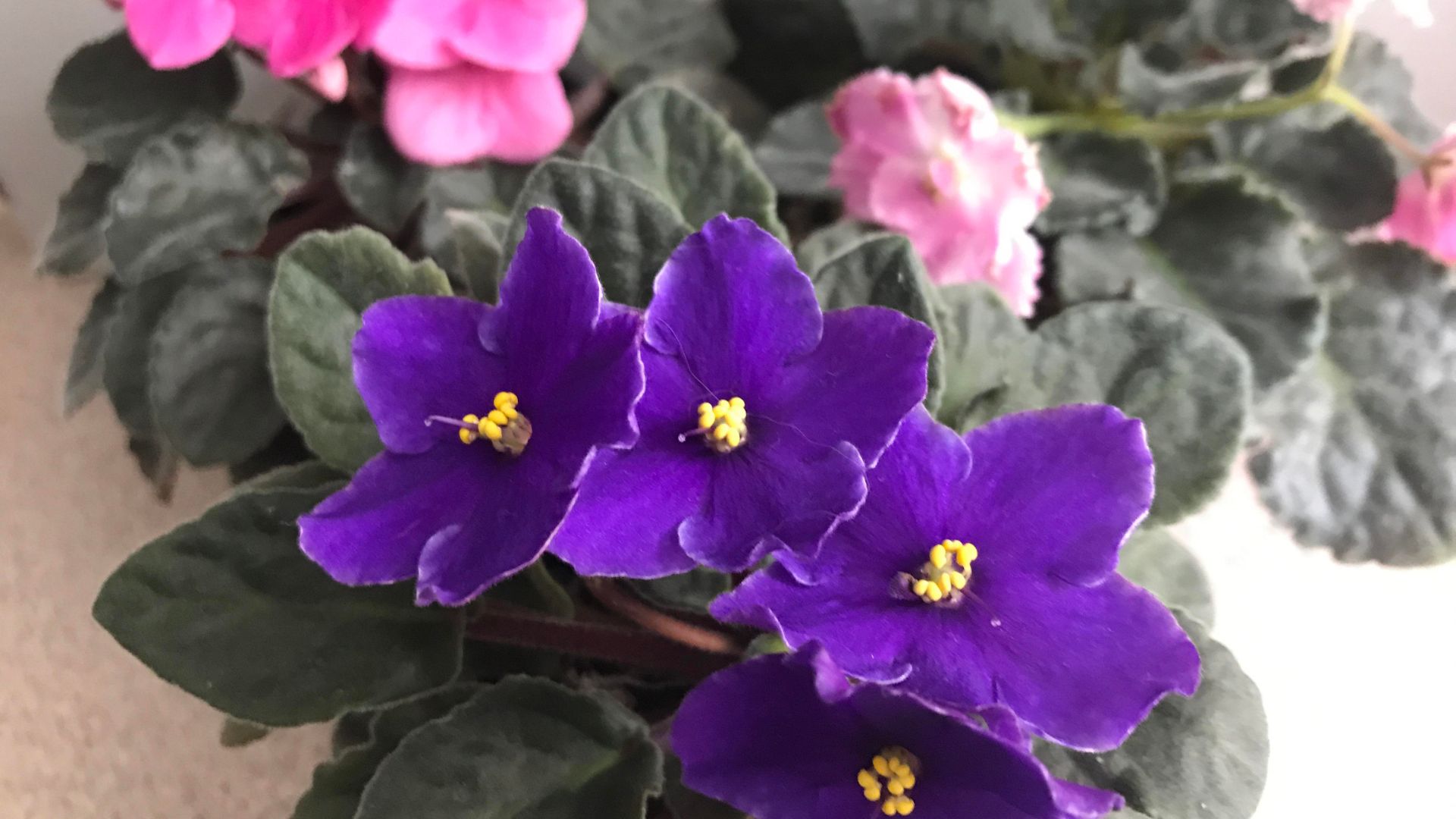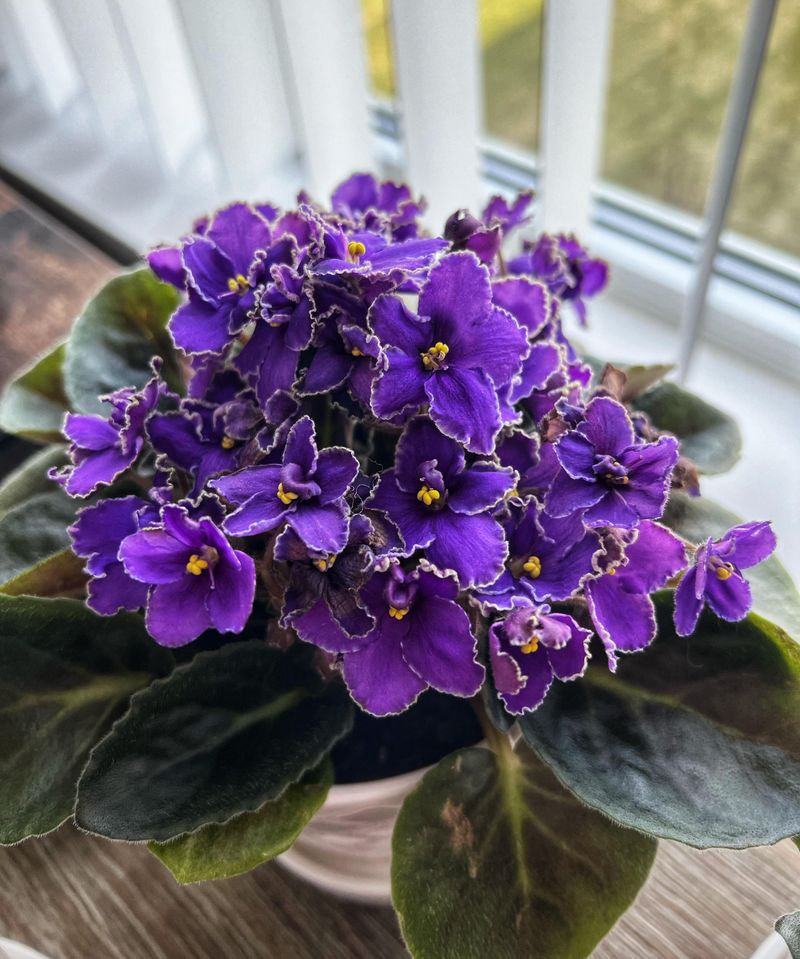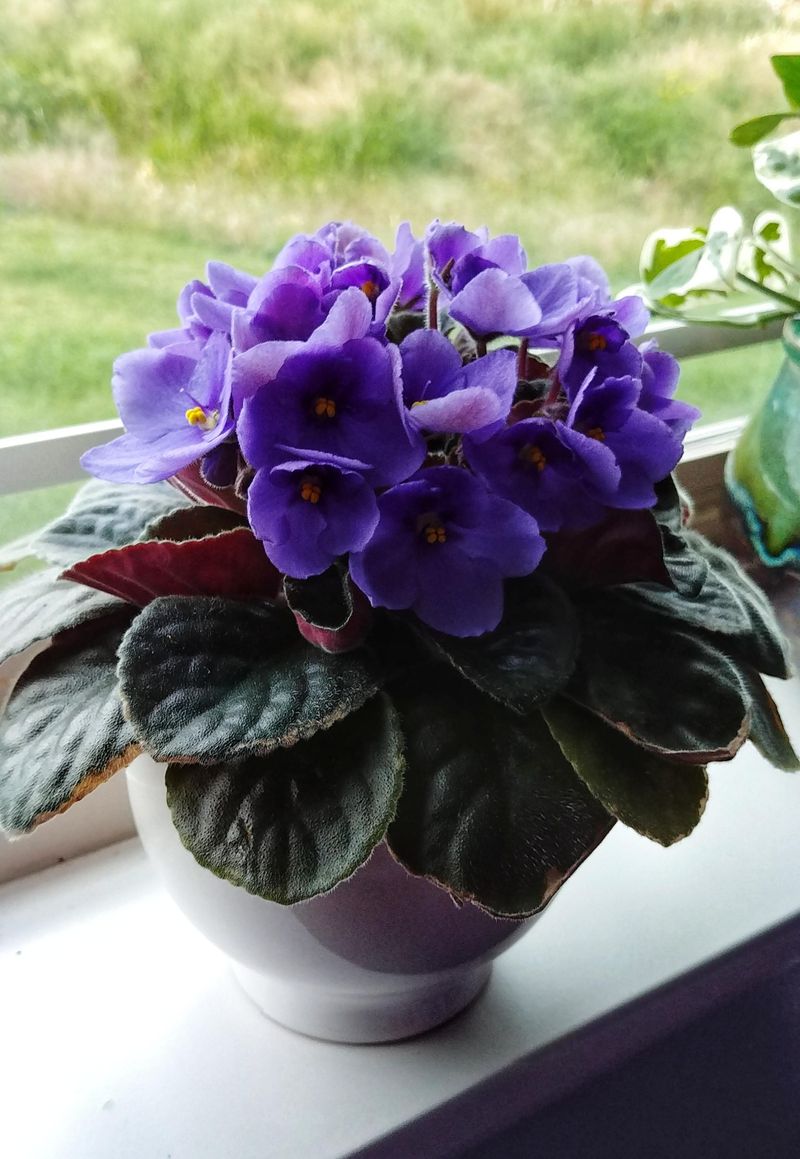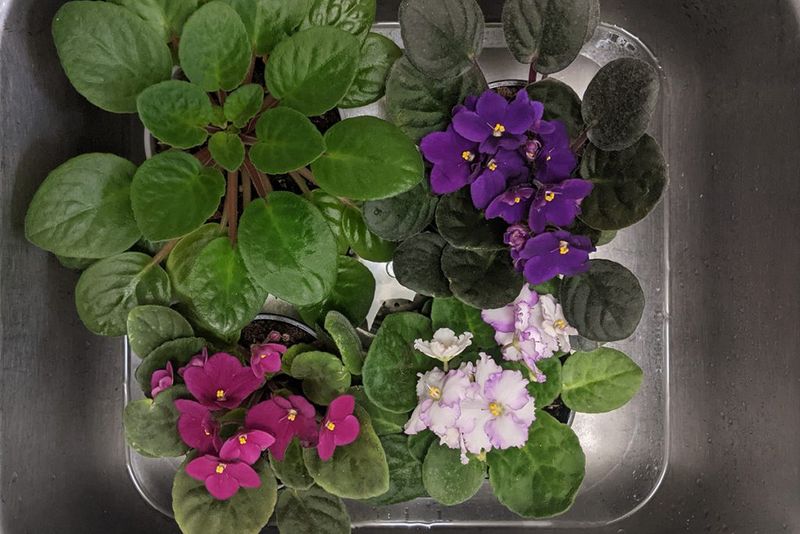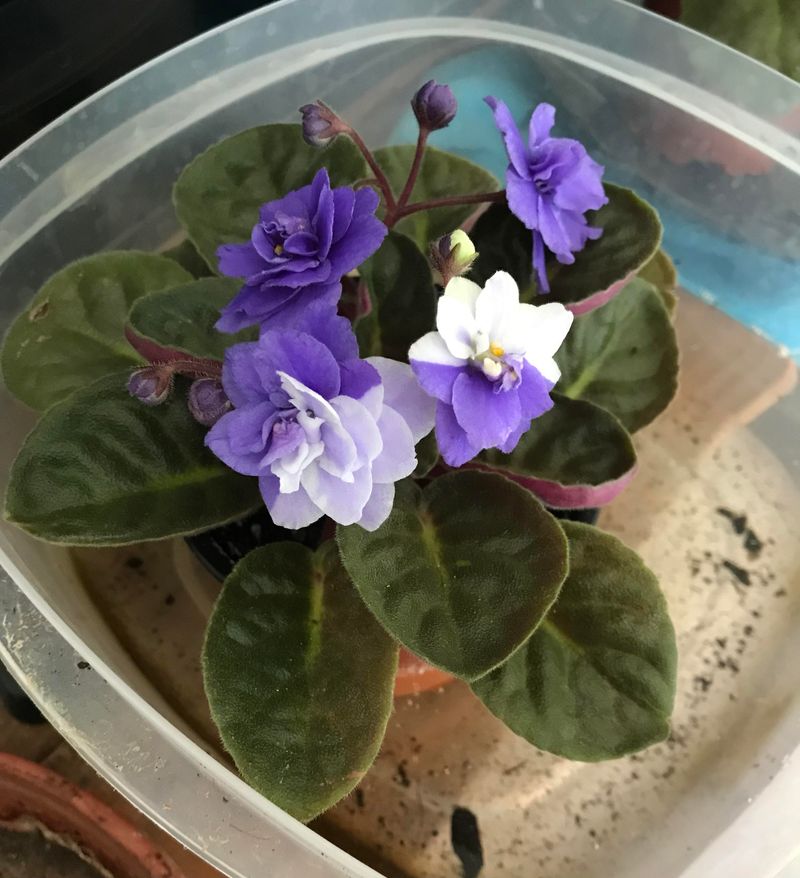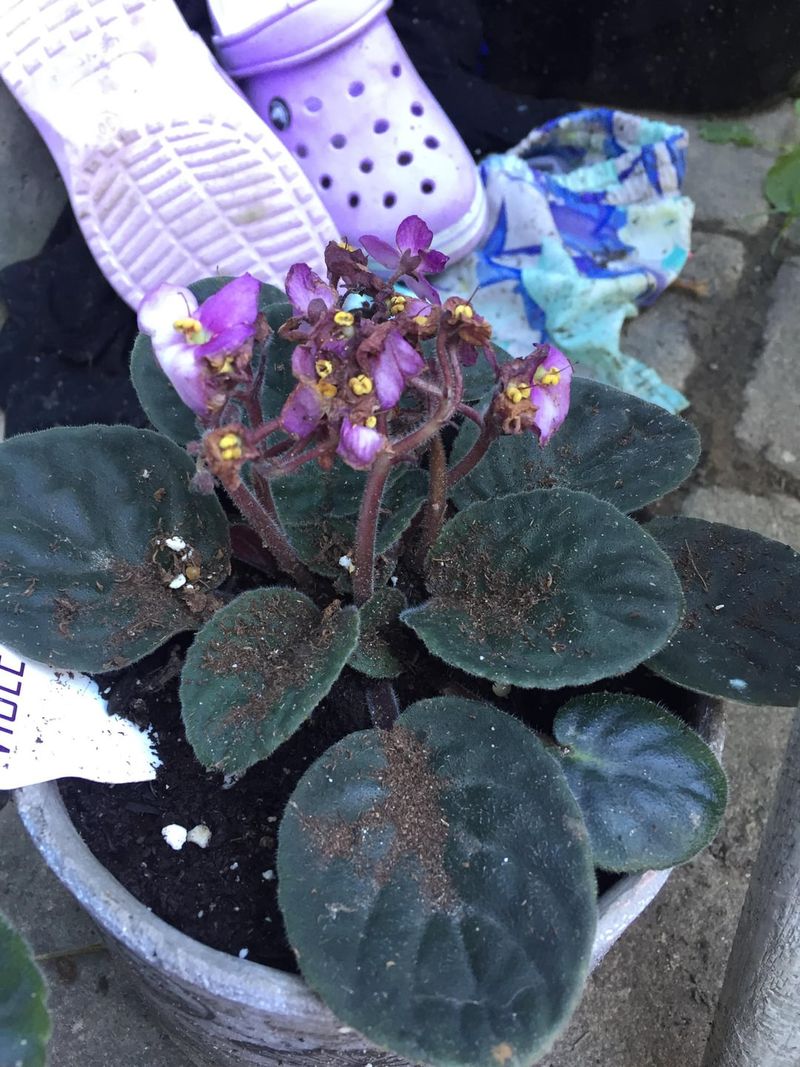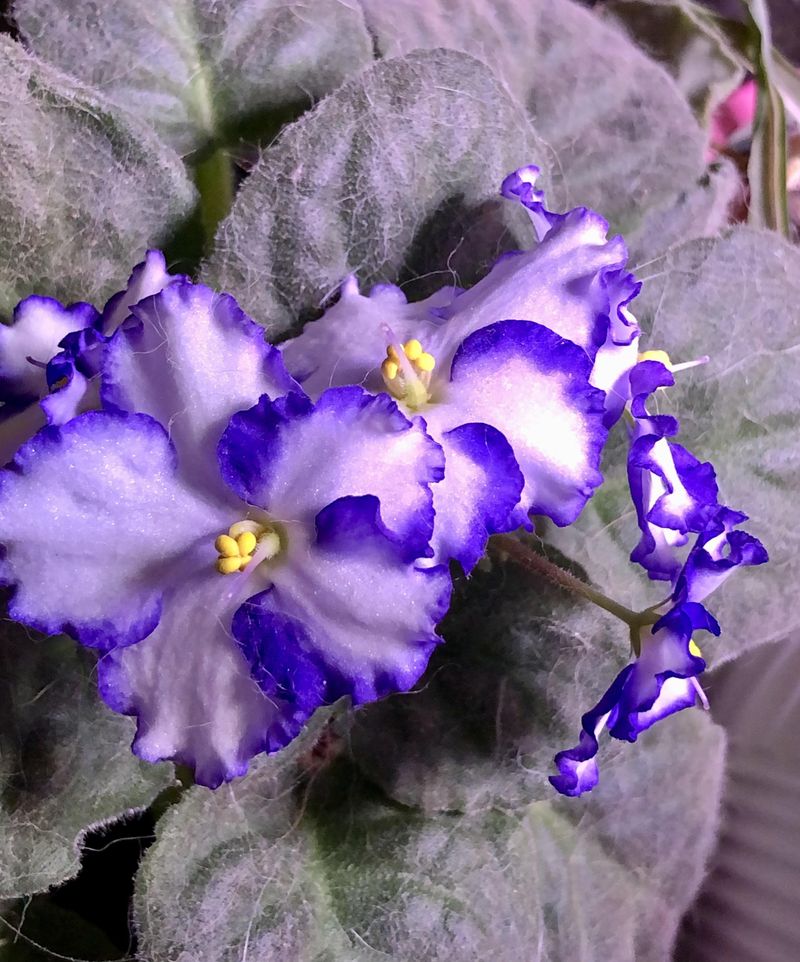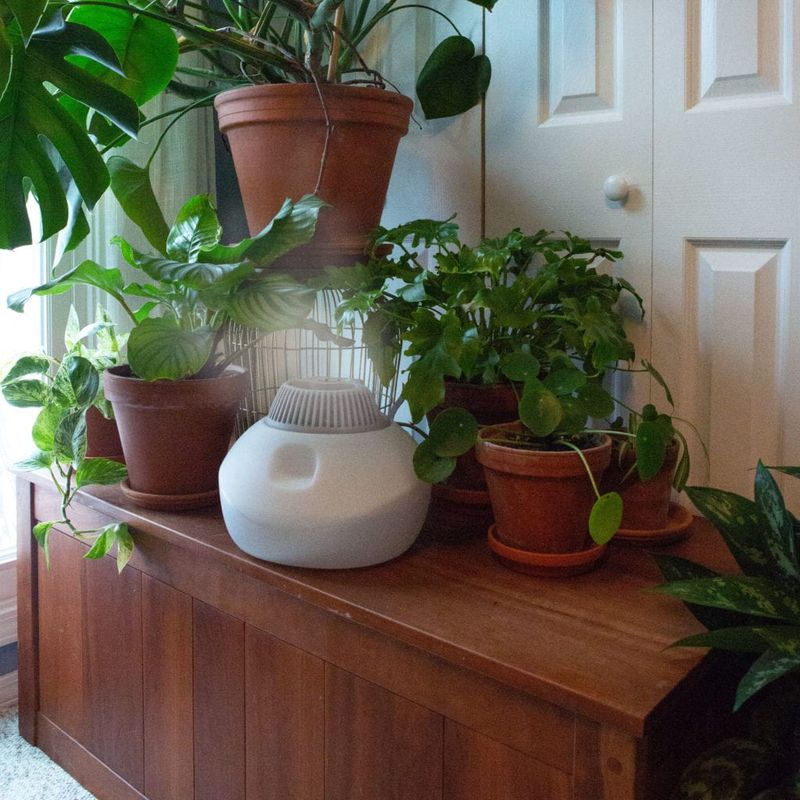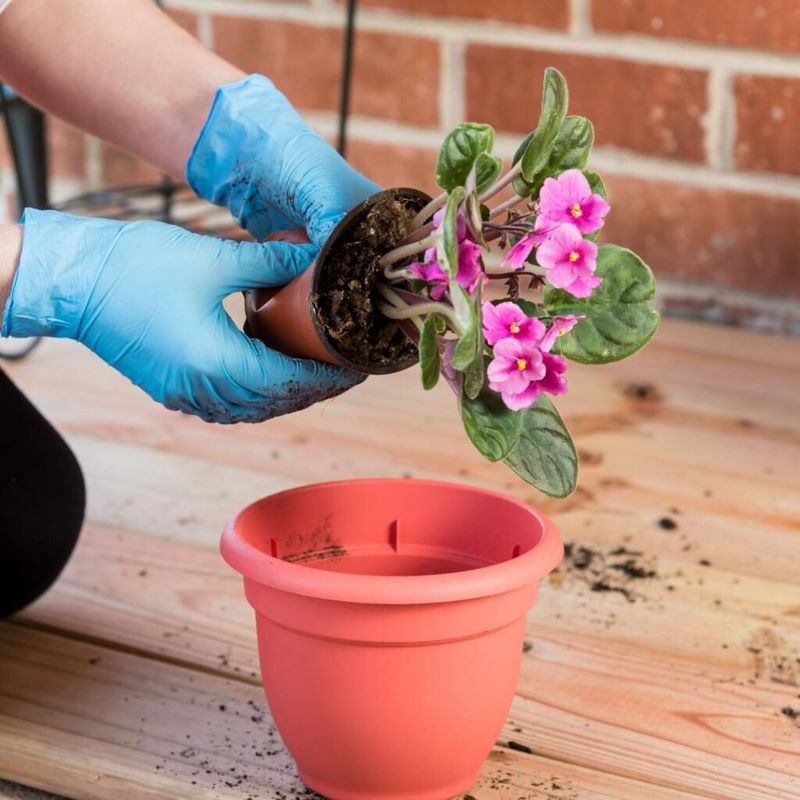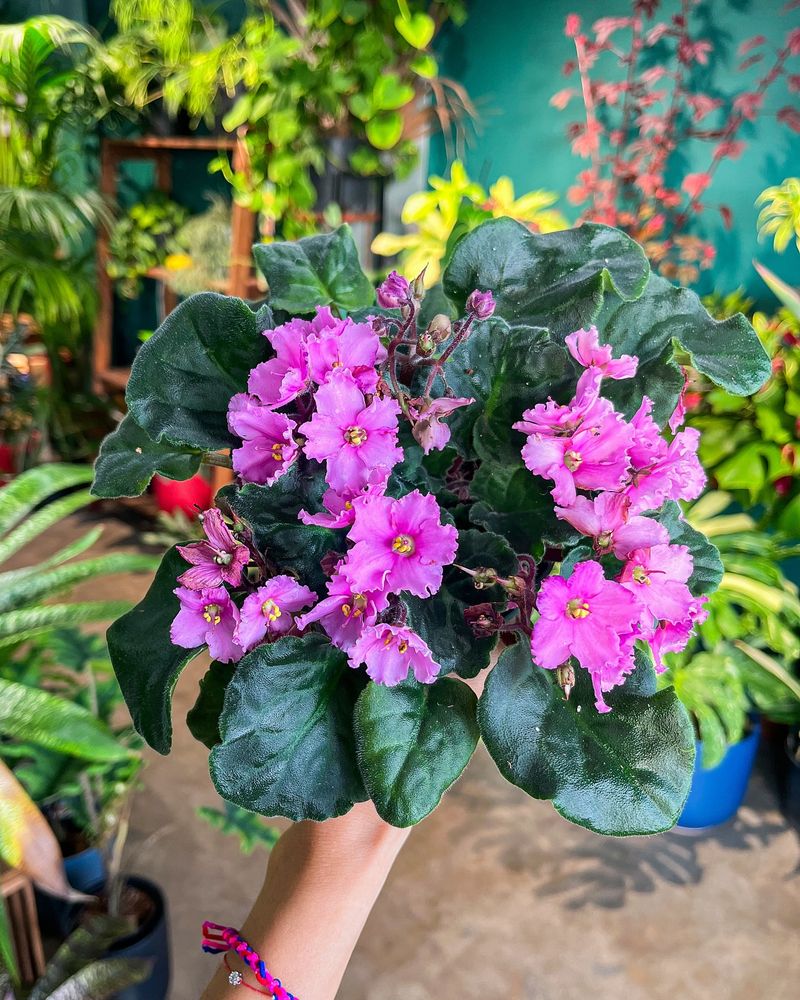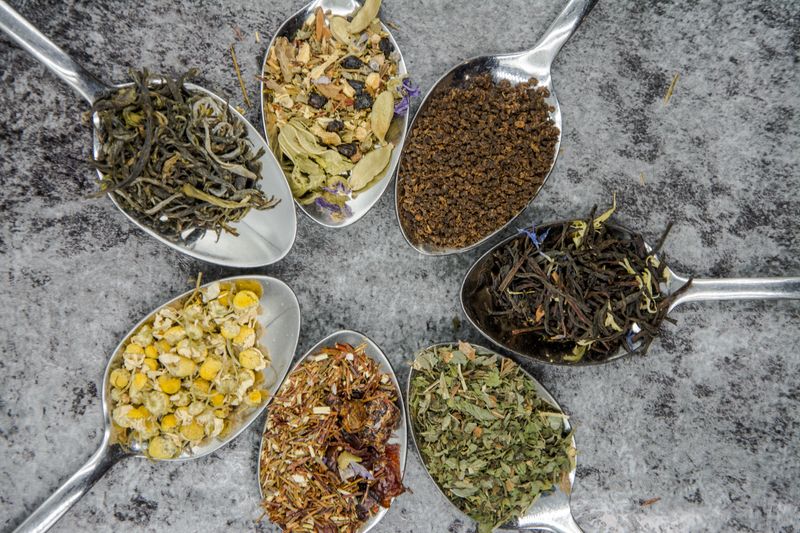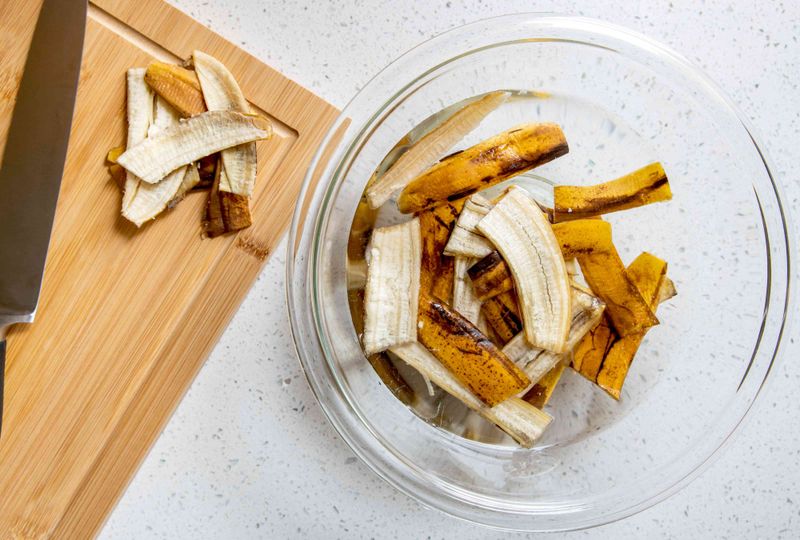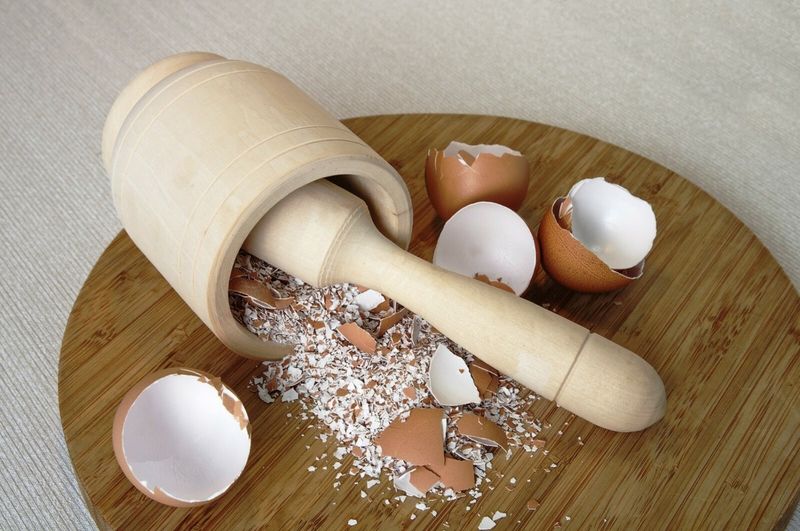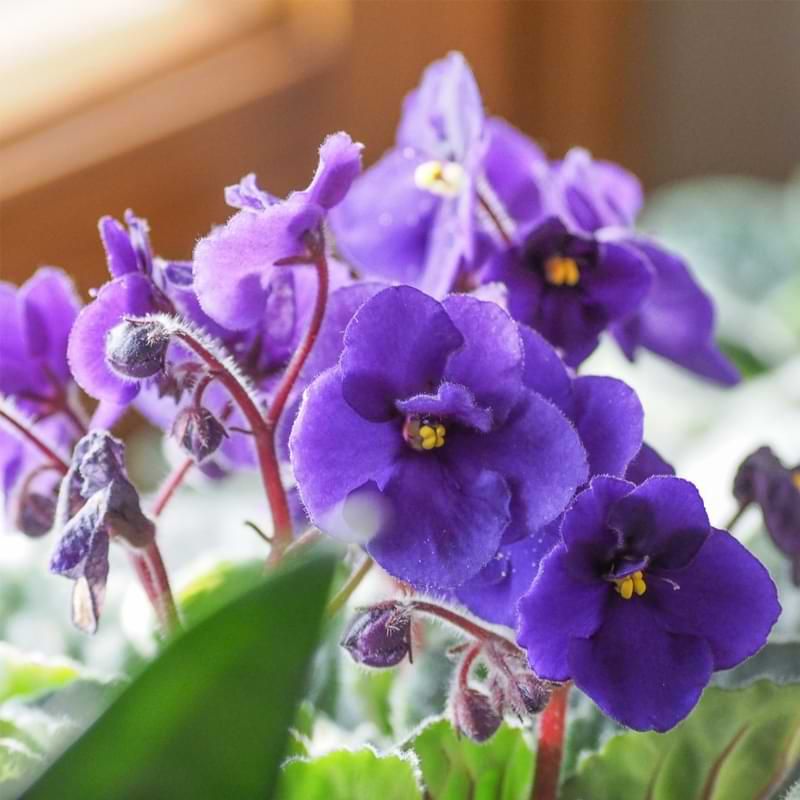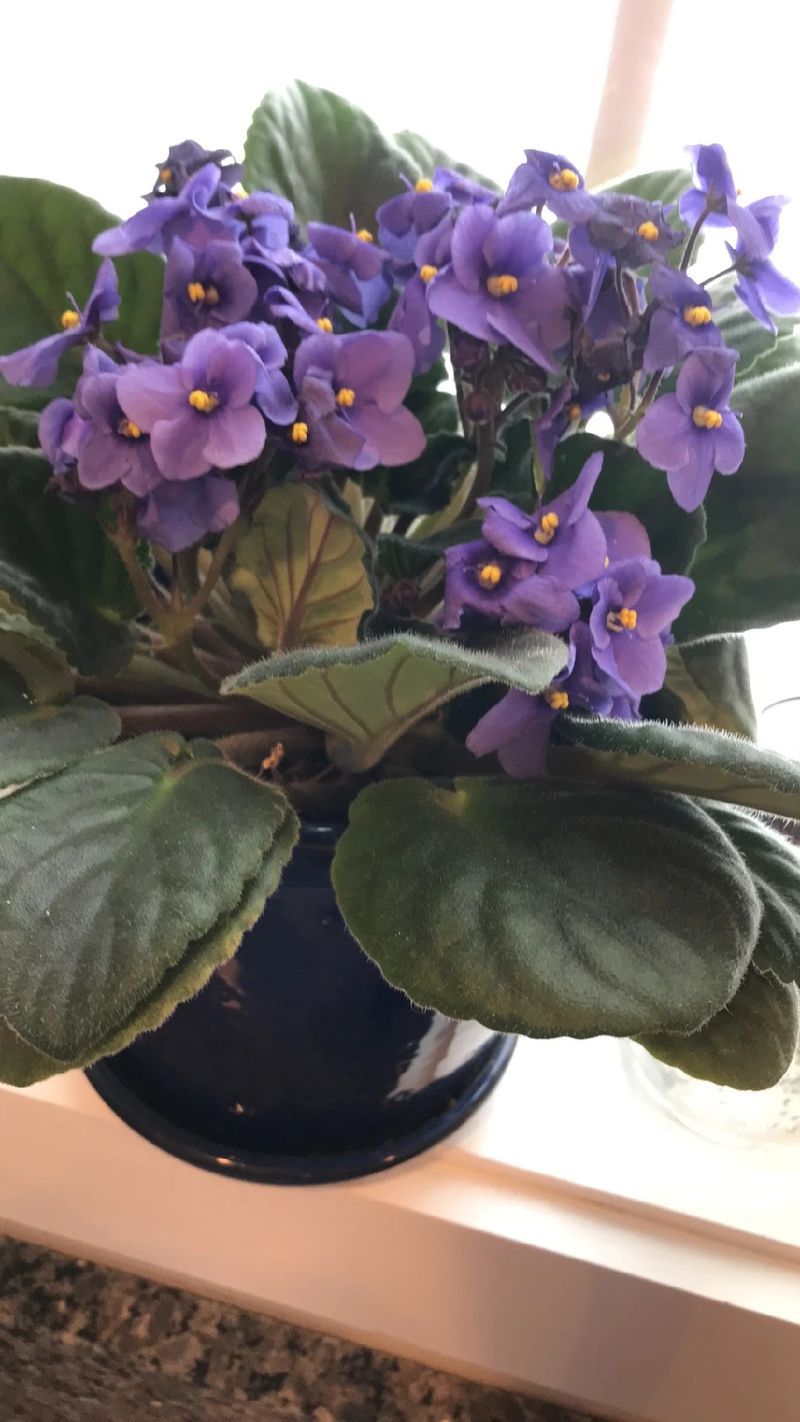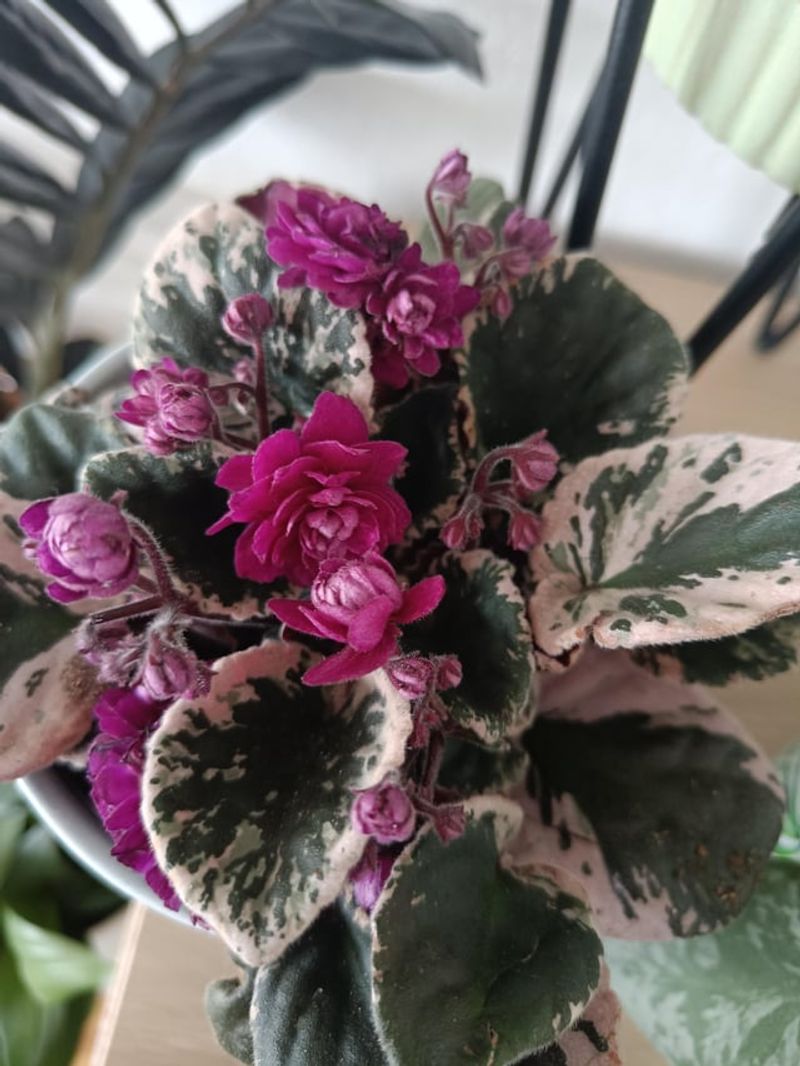African violets are a lovely way to brighten up your indoor space, but they can be surprisingly picky about blooming. When flowers fade and don’t return, it’s easy to assume pricey fertilizers are your only hope. The truth? Often, your violet just needs a little extra TLC.
Light is key—make sure they’re getting bright, indirect sunlight for at least 8 hours a day. Rotate the pot regularly for even growth, and don’t let water touch their fuzzy leaves. Temperature and humidity matter more than most people think. Skip the heavy chemicals and try adjusting the basics instead.
A consistent watering schedule, proper soil, and the right pot size can make all the difference. With a few small tweaks, those vibrant blooms can come back in full swing.
1. Perfect Your Light Exposure
Bright, indirect light makes all the difference for these flowering beauties. I moved mine from a north-facing windowsill to an east-facing one, and within weeks, tiny buds appeared.
Aim for 8-10 hours of filtered sunlight daily. Too little light means lush green leaves but no flowers, while too much direct sun scorches the delicate foliage.
During winter months, consider moving your plants closer to windows or using sheer curtains to diffuse harsh afternoon rays. The right light balance often triggers blooming cycles without any special products.
2. Rotate Your Plant Regularly
Plants naturally grow toward light sources, creating uneven growth when left in one position. Giving your violet a quarter turn every few days encourages balanced leaf development and more blooming points.
This simple habit took my collection from sparse flowers on just one side to full, crown-like blooms. The stems strengthen as they adjust to different light angles.
Set a reminder on your phone if you tend to forget. For me, Sunday mornings became violet-turning time, and this consistent schedule helped establish multiple bloom sites around each plant crown.
3. Master Bottom-Watering Technique
Pouring water directly onto African violet leaves often leads to spotting and rot that prevents blooming. Instead, place your pot in a shallow dish of room-temperature water for 20-30 minutes.
The soil will absorb exactly what it needs through the drainage holes. This method transformed my struggling plants into consistent bloomers by keeping the crown dry while ensuring proper hydration.
Let the soil surface dry slightly between waterings. Overwatering suffocates roots just as much as underwatering starves them—finding that sweet spot of moisture encourages flower production rather than just leaf growth.
4. Use Lukewarm Water Only
Cold water shocks sensitive root systems and can halt blooming cycles immediately. I learned this the hard way after wondering why my plants stopped flowering after winter watering sessions.
Fill your watering can and let it sit overnight to reach room temperature. This small step allows chlorine to evaporate while ensuring the water won’t stress your plant’s roots.
The temperature difference matters tremendously—think of how you’d react to an ice-cold shower versus a comfortable one! My violets responded with new flower buds within weeks of switching to tepid water.
5. Remove Spent Blooms Promptly
Those withered flowers aren’t just unsightly—they’re actually draining energy your plant could use for new blooms. Pinching off faded flowers encourages the plant to produce more rather than wasting resources on seed production.
Use clean fingernails or small scissors to remove spent blooms right at their stems. The key is getting the entire flower stalk, not just the petals.
My oldest violet went from sporadic flowering to almost constant blooms after I started this regular maintenance. The plant redirects its energy to new buds instead of supporting flowers that have already served their purpose.
6. Clean Leaves With Soft Brush
Dust-covered leaves can’t photosynthesize efficiently, reducing the energy available for flower production. A small, soft paintbrush becomes the perfect tool for this delicate job without risking water damage.
Gently brush from the center outward, supporting each leaf with your hand. This mimics the cleansing effect of rain in nature without the problems water can cause on fuzzy leaves.
I noticed a remarkable difference after adding this to my monthly routine. Clean leaves absorb more light, creating more energy for those gorgeous blooms we’re all after. Plus, it’s oddly satisfying to see the leaves’ true colors emerge!
7. Create Humidity With Household Items
These native African plants love humidity but hate wet leaves. Place your pots on trays filled with pebbles and a shallow layer of water that doesn’t touch the pot bottom. The evaporation creates a perfect microclimate.
Grouping plants together naturally increases humidity as they release moisture through transpiration. My kitchen window collection thrives because they share their moisture with each other.
During winter heating season, I place a small bowl of water near (not touching) my violets. This simple trick has prevented the dry-edge leaves that often precede bloom failure, especially when indoor heating systems run constantly.
8. Repot On Schedule, Not By Size
Contrary to popular belief, African violets actually bloom better when slightly root-bound. The mild stress encourages flowering instead of leaf production, as long as it doesn’t become extreme.
Mark your calendar for annual repotting in the same size container with fresh soil. This refreshes nutrients without triggering a growth spurt that delays blooming.
The first time I held back from sizing up, my plant rewarded me with a crown of purple flowers within weeks. It was counterintuitive but effective—sometimes plants bloom more when they’re comfortable rather than when they have room to spread out.
9. Warm The Potting Mix With Coffee Warmers
Soil temperature plays a surprising role in blooming cycles. These tropical natives respond dramatically to warmth, especially during cooler months when houses may be chilly.
An old coffee mug warmer placed under pots (with protective barrier) for a few hours daily can gently warm the root zone. This trick transformed my winter-dormant plants into year-round bloomers.
Just be careful not to overheat—aim for slightly warm, never hot. I use this method only during the coldest months, and the difference in blooming frequency is remarkable compared to previous years when my violets would take winter vacations from flowering.
10. Reuse Tea Bags As Gentle Fertilizer
Used tea bags contain mild nutrients perfect for African violets without the harshness of commercial fertilizers. After brewing your morning cup, let the bag cool completely before opening it.
Sprinkle a teaspoon of the used tea leaves around the base of your plant monthly. Water as usual, allowing these gentle nutrients to feed your plant gradually.
I’ve had particular success with plain black tea, which seems to provide just the right balance of nutrients. This recycling method costs nothing while providing the slight acidity and trace minerals these bloomers appreciate.
11. Banana Peel Water For Potassium Boost
Banana peels contain potassium—a key nutrient for flower production. Soak a peel in a quart of water for 24-48 hours, then remove the peel and use this diluted water for your next watering session.
The subtle nutrients release slowly, providing a gentle feeding without risk of burn. My kitchen windowsill violets respond with noticeably larger bloom clusters when I use this method.
This works best when used monthly rather than with every watering. Too much of even a good thing can disrupt the delicate balance these plants prefer, so moderation is key with any homemade feeding method.
12. Eggshell Calcium Supplement
Calcium strengthens cell walls and helps plants produce more robust flowers. Rinse used eggshells thoroughly, let them dry completely, then crush them into a fine powder using a coffee grinder or mortar and pestle.
Work a teaspoon of this powder into the top layer of soil every few months. The calcium releases gradually as you water, supporting stronger stems and more abundant blooms.
This kitchen scrap recycling method has helped my older plants maintain their blooming vigor. The calcium seems particularly beneficial for plants that have been in the same soil for a while and might be depleting their natural reserves.
13. Create Consistent Temperature Zones
African violets bloom best when temperature stays between 65-75°F (18-24°C). Moving plants away from drafty windows, heating vents, or air conditioners prevents the fluctuations that halt flowering cycles.
I discovered this after noticing my entryway plants rarely bloomed while identical ones in my stable-temperature bathroom flowered constantly. The difference was simply temperature consistency.
Try grouping plants on a shelf where the temperature remains even throughout day and night. My collection thrived after moving to an interior wall shelf protected from the temperature swings that had been silently stressing them.
14. Quarantine New Plants To Prevent Stress
Adding new plants directly to your collection can stress existing violets through pest introduction or competition. Even healthy-looking newcomers may carry microscopic hitchhikers that disrupt blooming cycles.
Keep new acquisitions separated for 2-3 weeks before introducing them to your main collection. This simple precaution has saved my established bloomers from mysterious growth halts multiple times.
Use this quarantine period to observe the new plant’s needs and adjust care accordingly. Each violet has slightly different preferences, and giving them individual attention initially results in better blooming once they join your main collection.
15. Gentle Air Circulation Without Drafts
Stagnant air creates perfect conditions for fungal issues that inhibit flowering. However, direct fans or breezes cause stress that halts bloom production. The secret is finding middle ground.
Position plants where household air naturally circulates gently, like near doorways (but not in drafts). This subtle movement strengthens stems while preventing moisture-loving fungi from settling in.
I accidentally discovered this benefit after moving my collection to a new shelf with better air flow. The plants responded with more blooms and fewer leaf problems within weeks, despite no other changes to their care routine.

